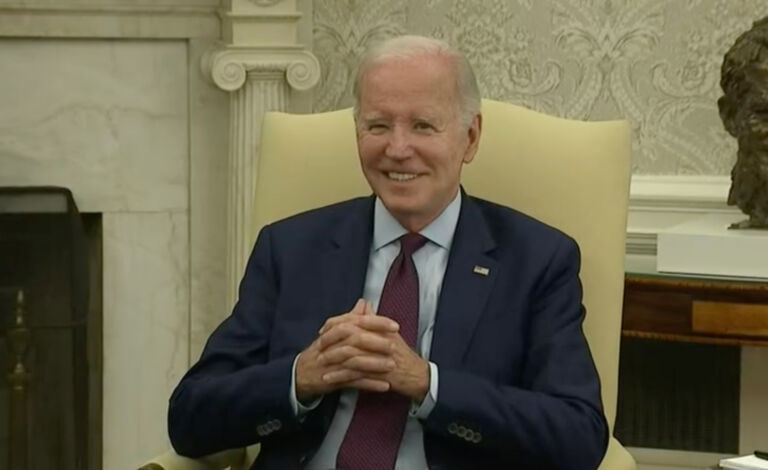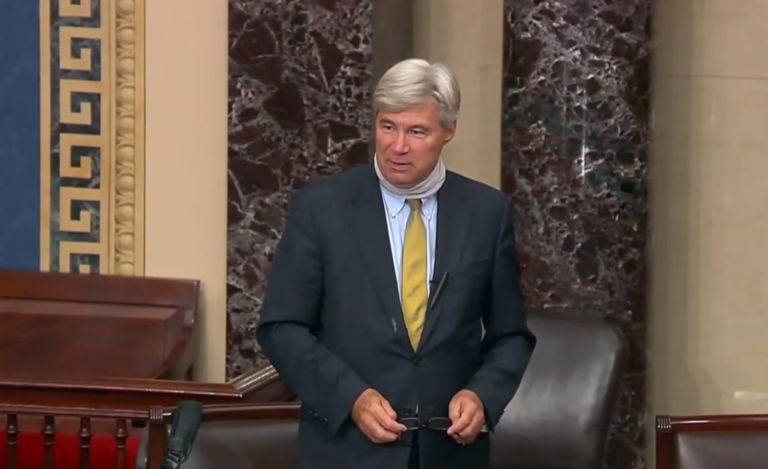The rhetorical case for renewable energy seems, at its core, to be this: Why rely on traditional sources that burn expensive energy and emit carbon dioxide when you can replace them with energy freely provided by nature that emits nothing?
Seems like a slam-dunk. If that were truly the choice, no doubt it would be.
But unfortunately, it isn’t. Not even close. Industry advocates know that, which is why they work in concert with friendly politicians and media true believers to make the choice seem that way.
Nature, economics, and simple math are their biggest obstacles. Not politics, not irrational hatred of renewable energy, not even donations from bugbear philanthropists.
- The renewable energy sources (wind and solar) aren’t a one-for-one tradeoff for traditional resources (coal, gas, nuclear). Wind and solar are far less efficient than traditional resources. It’s more of a one-third to one-fourth for one tradeoff.
- Furthermore, wind and solar are unreliable resources — the wind doesn’t always blow, the sun doesn’t always shine, especially not in coordination with up-to-the-minute consumer energy needs.
- So wind and solar need a reliable resource — coal, gas, nuclear — traditional always cycling in the background. This means they simply cannot "replace" those resources.
- Because there cannot be an independent, reliable wind or solar facility standing alone without needing backup from a traditional resource, it cannot be said their energy costs are free nor that they emit nothing (well, unless their backup is nuclear).
- Worse, cycling on and off is a less efficient use of the traditional resource, meaning it’s more expensive when used that way.
- Also, more so for wind than solar, the facilities require great expenditures in building new transmission lines out to where the resource is plentiful, since it cannot be brought to where a plant would be more feasible.
- Going further, because of those factors above, wind and solar require a steady, unrelenting diet of government subsidies, investment tax credits, accelerated depreciation schedules, feed-in tariffs, grants, and purchase mandates to stay afloat. All of those represent direct, indirect, and opportunity costs that resound throughout the economy. Nevertheless, even though the renewable energy operations could not exist without them, those costs are rarely included when presenting policymakers and the voting public with the costs of wind and solar energy.
- Even further, this government activity in favor of one kind of competitor in the market to the detriment of other competitors is helping put active power plants out of commission. Comparing the highly limited cost estimates of building new renewable vs. building new traditional plants, which is already flawed as demonstrated above, avoids an even more relevant comparison: building new renewable plants vs. keeping active traditional plants that have already been built (i.e., no construction costs, just maintenance). Putting working traditional power plants out of business and then saddling ratepayers and taxpayers with the costs of building new, otherwise redundant and overly expensive renewable power plants is a significant but unmeasured broken-windows cost.
For more information along these lines, I suggest reading
- The Levelized Cost of Electricity from Existing Generation Resources, by Thomas F. Stacy and George S. Taylor, published by the Institute for Energy Research, June 2015.
- The True Cost of Energy: Wind Power, by Randy T. Simmons, Ryan M. Yonk, and Megan E. Hansen, published by the Institute for Political Economy at Utah State University and Strata Policy,
- The Hidden Cost of Wind Energy: Why the full cost of wind generation is unlikely to match the cost of natural gas, coal or nuclear generation, by George Taylor and Thomas Tanton, published by American Tradition Institute, December 2012.
- The Net Benefits of Low and No-Carbon Electricity Technologies, by Charles R. Frank Jr., published by Global Economy and Development at Brookings.
Click here for the Rights & Regulation Update archive.
You can unsubscribe to this and all future e-mails from the John Locke Foundation by clicking the "Manage Subscriptions" button at the top of this newsletter.


